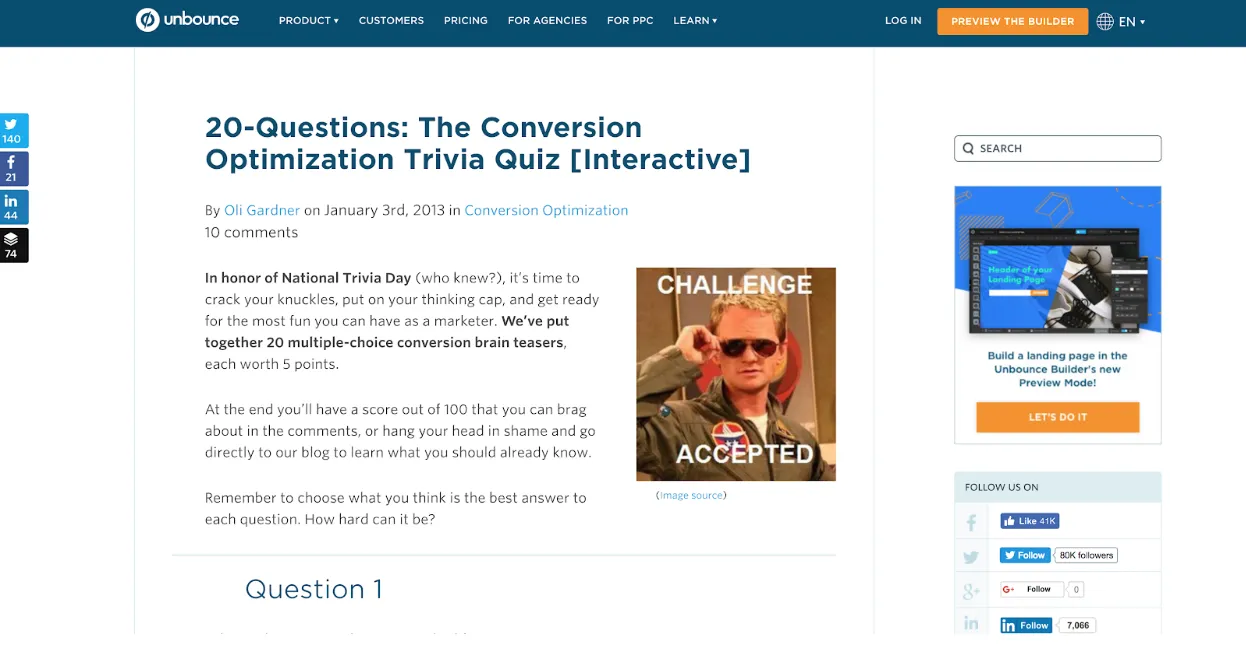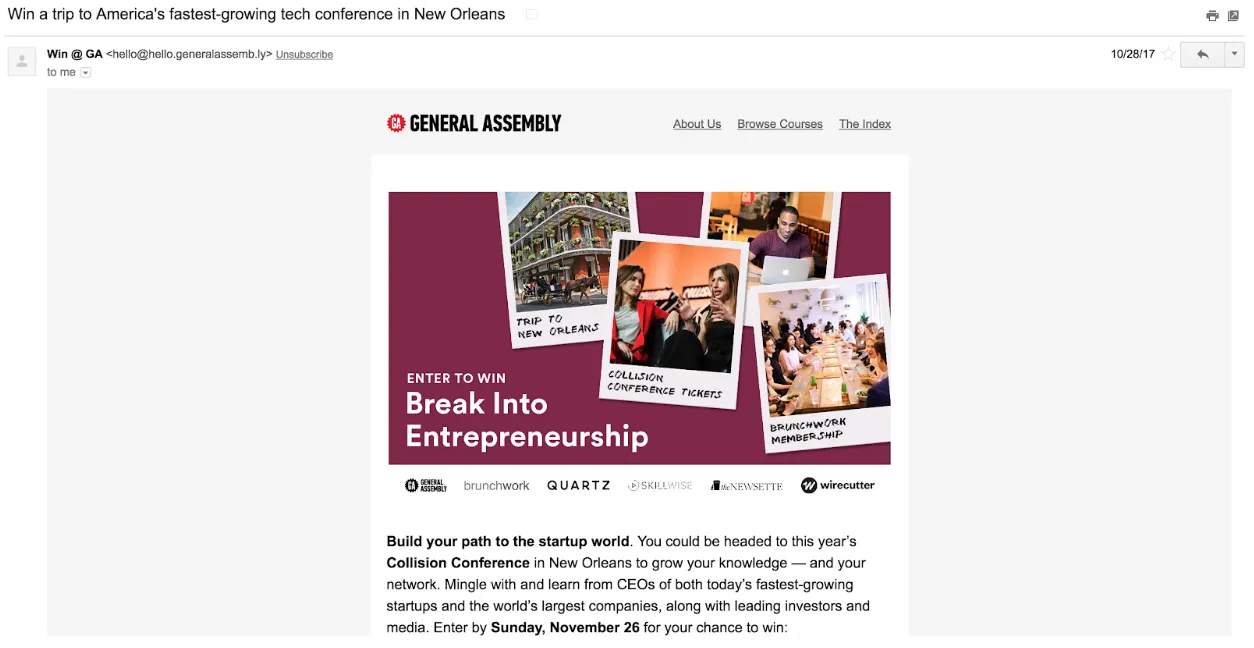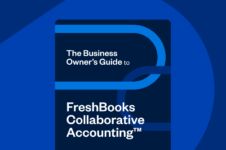The money is in the email list—is it time to build a bigger list?

That’s the common wisdom among most digital marketers. As the thought goes, your email list is owned property; it’s not subject to algorithm changes or company policy changes, like social media audiences.
In addition, it’s usually a bit more intimate and serious, as far as audience relationships go. After all, no one wants more email for the sake of email, so if someone signs up for your list, they must be pretty interested in what you’re saying.
The logic, then, goes: we should focus on collecting more email subscriptions. Easier said than done, though—especially when you wear many hats as a small business owner.
And here’s why: Most sites are pretty unoptimized for email collection (usually opting instead for a more direct and difficult ask, like setting up a demo or a consultation). Therefore, there are some tried and true tactics you can implement to help build a bigger email list and attract more potential clients.
So if you’re looking to take your email marketing to a more advanced level, here are 5 of my favorite tactics.
1. Use Behaviorally Targeted Pop-Ups
Pop ups are controversial, but almost all of the data I’ve seen say that they work more often than not.
The main complaint is that they detract from the user experience and that they’re annoying. But they don’t have to be. Rather, if you align the offer with the page intent and trigger them at the right time, they can actually improve the user experience.
Depending on what tool you use, you can target website visitors based on many behavioral factors:
- Exit intent (when a user is moving their mouse to exit the page)
- Hovering over key website elements
- Time spent on your site
- Scroll depth (for instance, if a user scrolls 50% of the way down a blog post)
And on and on. Some software products even use machine learning to predict the best behavioral signs that correlate with signup conversion rate. But at the very least, you should do some testing on how you target visitors with offers on your site.
2. Optimize Your Lead Magnets
What you offer is just as important (maybe more so) than how you offer it. In other words, when you ask someone to sign up for your email list, you have realize that it’s an exchange of value. To get more people to sign up, you have to appropriately answer their subconscious question, “what’s in it for me?”
Sometimes it’s as simple as promising content updates. This is particularly true if you have a very strong editorial blog, something like WaitButWhy, where people want to devour every post.
Most of the time, however, you have to assume that the visitor a) doesn’t know who you are and b) doesn’t inherently care about your updates. In that case, you need to worry about crafting a compelling “lead magnet.”
What’s a lead magnet? Basically, it’s the “free value you offer to convince your visitors to give you their email addresses.”
In other words, it’s an exchange of value. It could arrive in many forms:
- Ebooks
- Email courses
- PDF copies of the blog post
- Free tools
The most common lead magnet is probably an ebook, but you can certainly get creative depending on what your company does. For example, if you’re running a digital analytics consultancy, maybe you could offer a spreadsheet that helps people with campaign tracking?
In any case, you should think about a) what the intent of a visitor is on the page and b) how you can kick the value up a notch on your lead magnet. So, if you have a blog post on how to make money as a freelancer, perhaps you could offer a 3-part email course on raising your freelance rates?
Hands down the best guide to creating lead magnets comes from ConversionXL. Here’s the top level advice they give around creating lead magnets:
“Ask yourself: what’s the one thing that would be insanely useful to my audience? You could probably even charge money for it, but won’t.”
3. Create an Easier Signup Experience
So far we’ve discussed how you should create a compelling offer in exchange for a visitor’s email as well as why targeting matters for the user experience. Now, let’s look at how we can optimize the sign-up process.
BJ Fogg came up with a behavioral model for online persuasion. It looks like this:
The higher the motivation and the lower the effort/friction involved in a task, the more likely it is to be accomplished. So, we can look at the influence of the lead magnet as motivation, but we can also reduce the effort it takes to actually sign up for your email list. This can be accomplished by a few ways:
- Reduce the information you ask in the form
- Reduce the number of steps/clicks to submission
- Boost trust and credibility of your offer
Reducing form fields and steps to submission is part of a process formally known as conversion optimization. Essentially, you do user research and test different online experiences in order to discover which experience converts the highest percentage of users.
In most cases, reducing the amount of form fields is a good way to increase the completion rate. Just imagine going to a website and getting an offer for an ebook. Do you have extraneous fields, like phone number or zip code that would make a visitor flinch before entering their information?
In any case, ask yourself whether you truly need the information, or if you can collect it some other way. There are awesome options for data enrichment today, like ClearBit. Many form builders now automatically enrich data as well.
You can also do something called progressive profiling. This is when you progressively ask for more information from subscribers and leads every time they fill out another form on your website.
Next, ask yourself if you can reduce the steps to completion. With a popup, the user doesn’t have to leave the page. They can keep reading after submitting their information. On the other hand, many sites use a CTA that brings a user to another landing page with a form (sometimes two pages of forms), and then finally to the Thank You page where they get their offer. This is a long pathway for a simple ebook.
Finally, build trust into your offer. If you’re a reputable and well-known company, like Google, you probably don’t need to bolster your reputation a ton. But for everyone else, there are a few tactics you can use to help users feel less uncertain about giving up their information:
- Add a line of microcopy stating that the subscriber can opt-out whenever
- Add logos of other companies on your mailing list
- Use social proof in your copy (“Join 10,000+ other companies who get our newsletter”)
4. Align Your Lead Magnet with the Page’s Content
To start, just worry about creating an excellent lead magnet. You need to put something out there to get data back on how well it’s converting.
But after you get a good baseline, and you’ve got a big library of content, what I like to do is look back and see how I can better align the lead magnet with the intent of the blog post. I call this “content optimization” and I’ve written about it pretty extensively in the past.
Many times, this is pretty low hanging fruit. For instance, if you have an offer for an ebook called “35+ Keto Diet Recipes,” that may be perfectly aligned for an introductory post on how to follow the keto diet. But it may be pretty unaligned on a blog post written about the top benefits of doing crossfit.
In that case, you may want to create an additional offer and target it specifically at the pages that align best with it.
Sometimes, all you need to change is how you word the offer.
For instance, when I worked at ConversionXL, we had an ebook about how to do conversion optimization, which included information on analytics, A/B testing, and more.
This performed really well on pages specifically about conversion optimization, but less well on A/B testing blog posts. So we changed the language of the offer to say “Learn How to Run Better A/B Tests,” which is really the same offer, and it was better aligned with the user intent.
5. Run Contests and Games
The last tip is all about getting creative.
You don’t have to offer ebooks just because all of your competitors are doing it. You can run quizzes, games, giveaways, and more to better attract the interest of your visitors.
Here’s a great example from Unbounce, who uses a quiz to determine how good at conversion optimization you are:
There are tons of tools that can help you easily set these up, like SurveyAnyPlace.
You can also think about partnering with other companies to run a group giveaway and share email address. However, this usually brings in less qualified email subscriptions (I almost always unsubscribe from the lists that I end up on through contests). General Assembly runs a bunch of these:
Conclusion
Growing your email list is one of the most impactful things you can do for your marketing efforts. If you use some tried and true tactics, it’s not that difficult to drastically improve your list building efforts.
In this post we covered a few of those:
- Use behavioral popups
- Optimize your lead magnets
- Create an easy signup experience
- Align your offer with your content
- Run contests and quizzes
These are only the tip of the iceberg, but they’re usually the most impactful things you can try out. In reality, though, like any marketing, you can get creative and come up with new and unused tactics that get way better results than anything I’ve suggested here. The only point is you need to focus your efforts and start trying things out.
Webinar: From Shoestring to Scaling: Improve Your Marketing Strategy on Any Budget

Written by Alex Birkett, Growth Marketing Manager, Hubspot
Posted on May 23, 2018
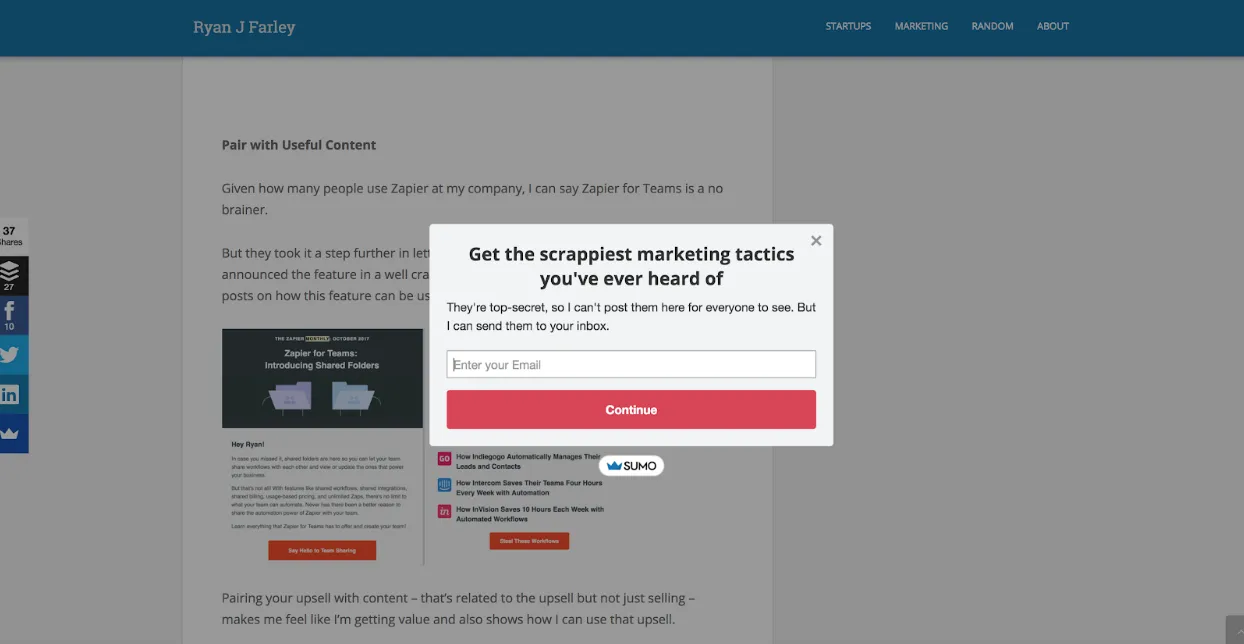
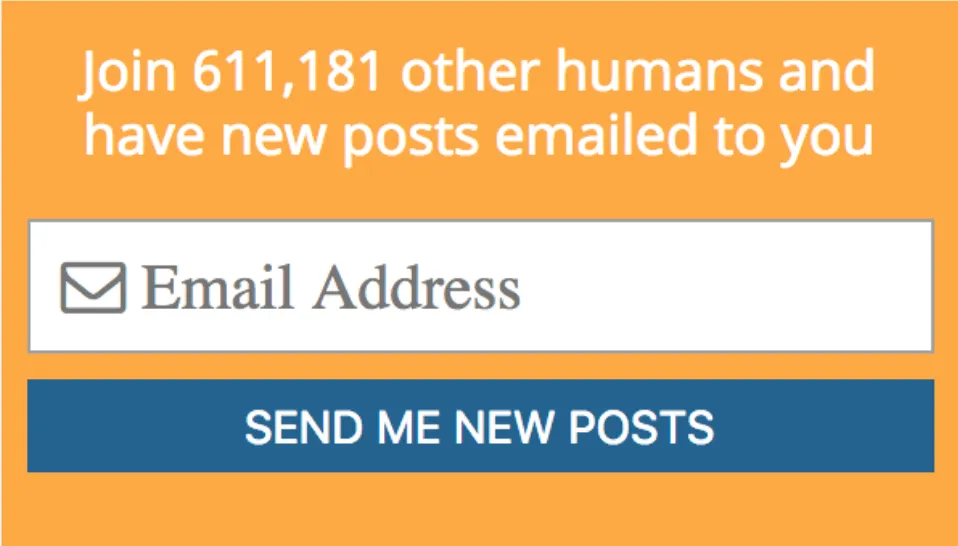
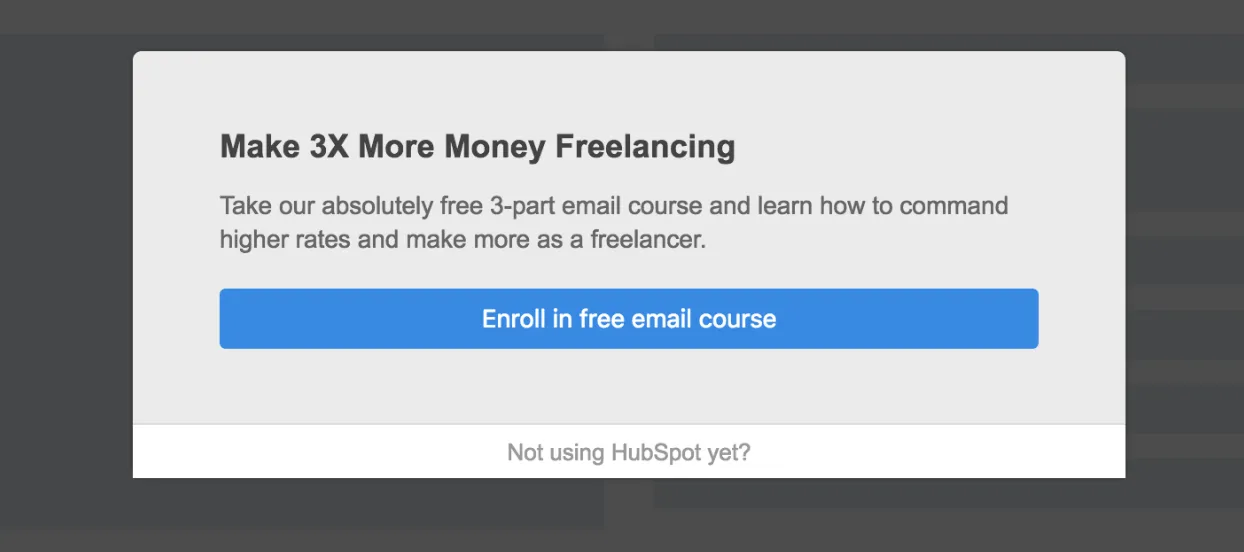
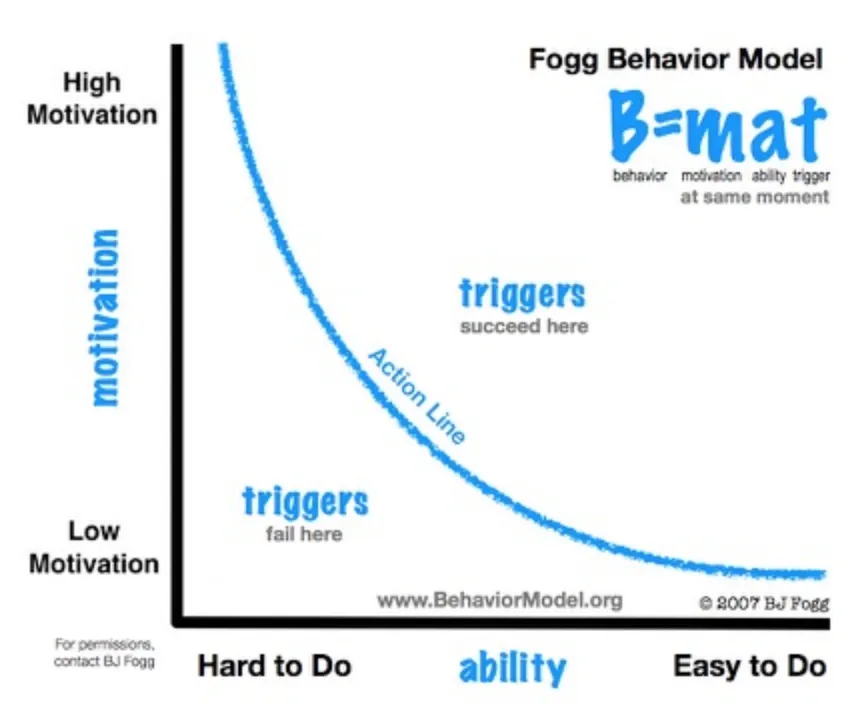
 6 Ways to Use Marketing Collateral to Help Your Business Grow
6 Ways to Use Marketing Collateral to Help Your Business Grow